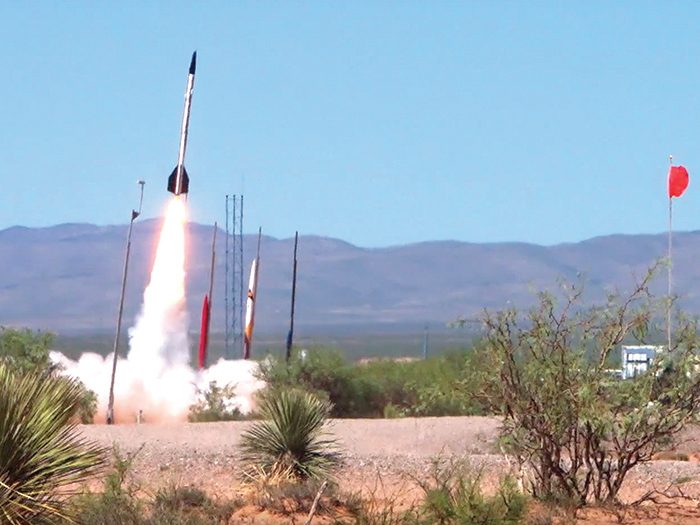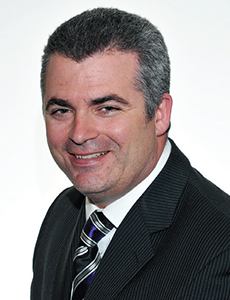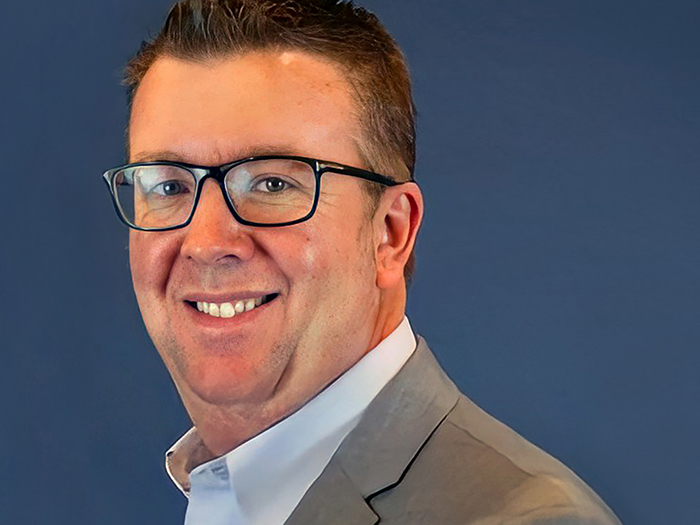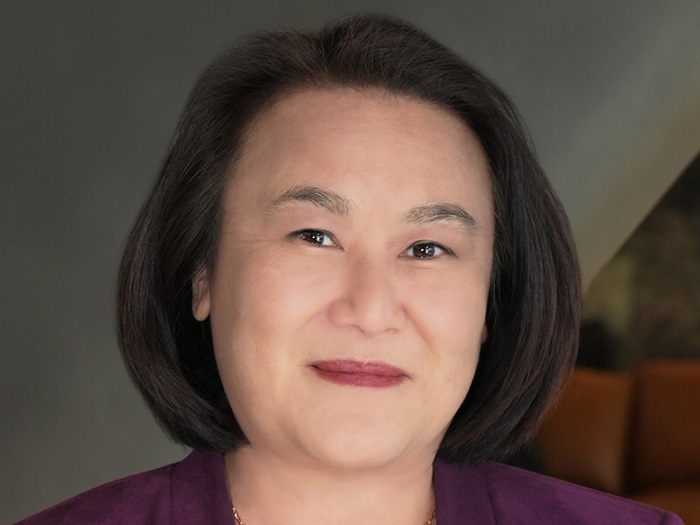From Rocket Launches to Solar-Powered Planes: How a Small Market Takes on Big Risks to Foster Innovation

Imagine having to insure a competition where college students come from all over the world with complex electronics and small amounts of explosives.
Just to make it more challenging, any coverage would have to be placed into an aerospace sector that has seen carriers reducing their exposure and some leave entirely. And the premiums still have to be something college students can afford.
Yet the second annual Spaceport America Cup in 2018 was a soaring success, with more than 1,500 students and faculty gathered near Las Cruces, New Mexico. More than 130 teams entered, and around 90 actually launched their rockets. The 2019 competition is scheduled for June 18 through 22 and is expected to be even larger.
Underwriters and brokers lament the aerospace sector has been soft for more than a decade, so contraction is not surprising. Underwriters that remain are seeking ways to broaden their reach as well as improve margins. Ventures on the border between experimentation and commerce are one promising area, and the rocket competition is one example. Another was the Solar Impulse flights, underwritten by Swiss Re. Most aerospace insurers write all the segments: commercial passenger and freight, corporate and private aviation, space and air shows.
Underwriting Rocket Risks
At Spaceport, every competing team has to show proof of insurance as part of its registration. And while some universities with aerospace programs, or even large engineering schools, may have such coverage, many do not. The New Mexico Spaceport Authority knew that being able to connect competitors with coverage was essential to grow the event. The organizers also knew how daunting placement would be.
Chris Lopez, director of site operations for Spaceport, emphasized communication with local business and civic leaders, as well as with the required regulatory, law-enforcement and emergency services, was key.
“We determined that we could communicate broadly across risk management and mitigation using the National Incident Management System from the Federal Emergency Management Agency,” said Lopez.
“We also have to tip our hat to the Experimental Sounding Rocket Association [ESRA] that started an amateur competition in Green River, Utah about 15 years ago,” Lopez added. “They knew the next generation of high kinetic-energy systems and engineers needed a venue to grow and learn. We recognized what they were doing and the constraints they had. We worked with them and brought the competition here.”
Melissa Force, general counsel for Spaceport, explained that before any rocket is allowed to fly, the first day of the event is for inspection and articulation. “Teams have to make presentations and demonstrate their systems. Our judges and volunteer staff are rocketeers themselves, or aerospace professionals, thoroughly vetted. Some teams are disqualified if the judges determine their project is not safe.”
The rockets range from 5 to 15 feet long, and 6 to 8 inches in diameter. The competition categories are by maximum altitude: There is a 10,000-foot class, a 30,000-foot class and an unlimited class.
“Winners are determined not by altitude or payload, but by performance,” said Lopez. “Part of the presentation is specifying performance and accuracy. The winners are the teams that match their intended performance.”
Spaceport was built by the state in 2006-07 as the world’s first purpose-built commercial spaceport providing the advantage of miles of unrestricted air space, from ground to infinity, not offered by any other spaceport in the country.
For all the wide-open spaces, there are still liabilities. “Dana Smith and Jason Hendrix at JLT Specialty did remarkable work to get these teams covered at affordable rates,” said Force.
“I have been to some similar competitions and seen what the students do to get there,” said Smith. “I’ve seen them coast in on fumes, because their gas money ran out. They work hard all year on their projects, and I want to see them fly. Not just for the thrill of it, but because in a few years, these kids will be running our future.”
“I have been to some similar competitions and seen what the students do to get there. I’ve seen them coast in on fumes, because their gas money ran out. They work hard all year on their projects, and I want to see them fly. Not just for the thrill of it, but because in a few years, these kids will be running our future.” – Dana Smith, assistant vice president, JLT Specialty
Smith started at JLT in 2010 working on commercial suborbital flight at Spaceport, also for clients in Colorado and Texas. “Spaceport brought the competition coverage to me,” she recalls. “ESRA had put it back on the teams that they had to have coverage,” and left it there.
That’s where Spaceport stepped in, commissioning Smith and Hendrix to find coverage for those without any from their schools. “We have taken the time to work with the students and with their universities,” Smith explained. “It’s Insurance 101 for the students — and in some cases even for the risk managers at the universities. It’s an opportunity to educate about exposures they may not know they have.” Because of the complication of international coverage, only teams from the U.S. were offered the insurance.
Broad coverage and low cost lent itself to collective buying, Smith calculated. “To keep it cost-effective, we decided on one policy with each university endorsed separately, rather than many different policies. We also took the approach that this was a very safe environment,” making a point in the presentation about the rigorous safety, communication and site operations systems at Spaceport.
Investment is essential to innovation, but investment needs stability.
“We were able to cite other events and how they handle launches, spectators and vehicles,” said Smith. It also helped that the only coverages were third-party liability and defense, not property on the rockets themselves or payload as with commercial launches.
“I proposed the placement to all the markets I knew domestic and in London. Our team across the pond did an excellent job,” said Smith. With a nod to Star Trek, she added: “We really felt like we were going where no one had gone before. This was really uncharted territory for aerospace insurance.”
Venturing into Solar Energy
Where the Spaceport competition is a showcase for rocket science, Solar Impulse was a demonstration of how current technology could power an aircraft using only solar energy. “We were the sole insurer for Solar Impulse,” said Paul O’Ryan, head of aviation, North America, Swiss Re Corporate Solutions. “The aircrafts are as big as a 747, yet carry only one person. The first one flew across the continent; the second one flew around the world. It could have done that non-stop, but that is beyond the endurance of one pilot.”
Investment is essential to innovation, but investment needs stability, O’Ryan explained. “That is why we insured Solar Impulse. We also insure some colleges and do write space coverage for things like the Spaceport competition. We support the Experimental Aircraft Association. As the aerospace market contracts, it may be more difficult for participants in these types of activities to obtain coverage.”
The main driver for the realignment of the insurance market is that frequency of loss has decreased so much. Flying has never been safer. Yet severity has increased for the few tragedies that do occur. There is a similar trend in marine insurance, but aerospace is so much smaller, the effects are more pronounced. One estimate put the total annual worldwide premium in aerospace to be $4 billion. There are dozens of underwriters in aerospace, in contrast to hundreds in marine. &










